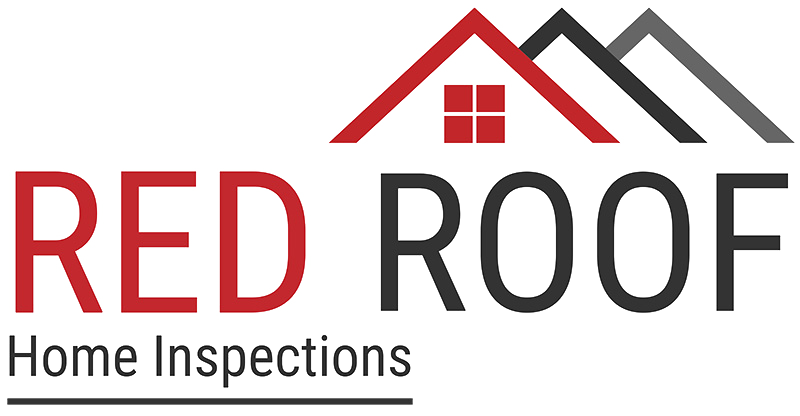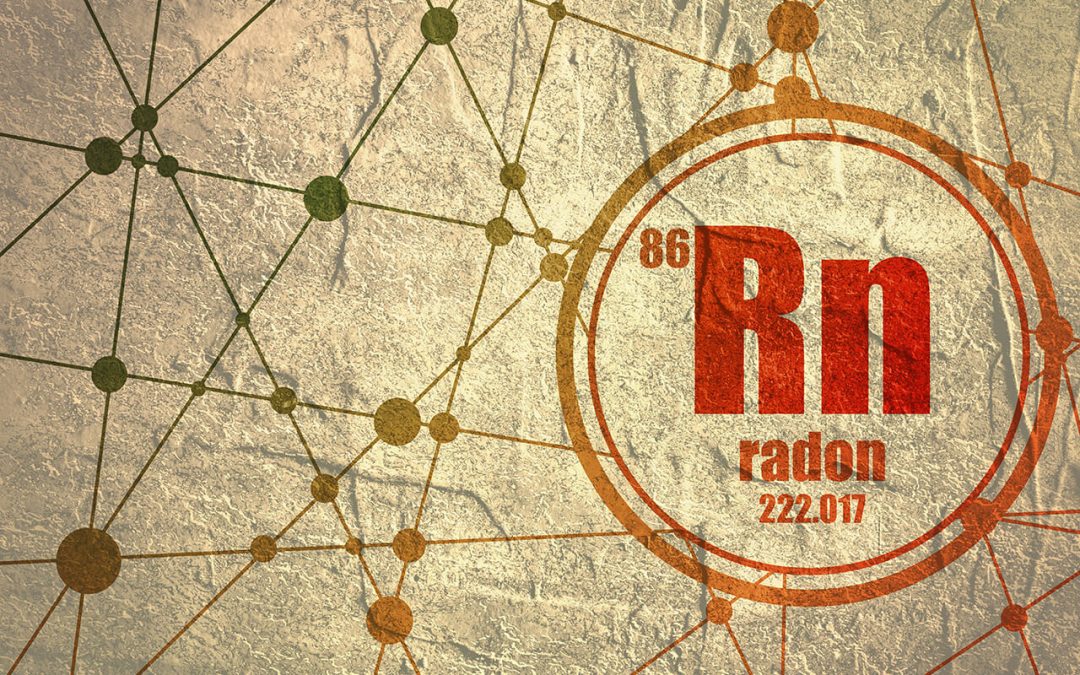Radon is a naturally occurring, odorless, tasteless, and invisible radioactive gas produced when uranium, thorium, and radium break down underground. Once the gas is released into the air, it can accumulate in well-sealed homes. Radon seeps up through the earth and enters your home via gaps, openings, and cracks in the foundation. Long-term exposure to high levels of the gas is dangerous. Let’s look at a few crucial facts about radon in the home.
What is Considered a High Radon Level?
A high concentration is defined as more than four picocuries (pCi) per liter. Learn about the amount of radon in your home by having a professional perform a test.
Although DIY testing kits are available at hardware stores, these are not as reliable as a professional test. A trained pro has the necessary equipment and quality tools to perform accurate tests. Because of the importance of a precise reading, it’s essential to hire a radon professional to test your home.
If the level is above 4 pCi per liter, consult a radon mitigation company to reduce the high levels immediately. An expert will develop ways to prevent the gas from building up in your home in the future. The steps required to reduce high radon levels will vary from home to home, so hiring a reputable radon mitigation company is essential.
Mitigating Radon in the Home
When a test shows a level of 4 pCi per liter or higher, a professional may do any of the following to lower levels of the gas.
- Seal the foundation cracks and openings in your home to prevent the gas from entering.
- Install a vent pipe and fan system. This will pull the radon from under the structure and vent the gas outside, preventing it from accumulating indoors.
- If your house has a basement, create a gas-permeable layer beneath the slab or flooring and install plastic sheeting on top. The layer will keep the radon under the house and prevent it from entering.
Signs of Radon in the Home
Radon exposure has few symptoms, and none are immediate. Because of this, radon often causes damage without your knowledge. By the time its effects start showing, it is usually in the form of a lung cancer diagnosis. If your home has tested for high radon levels or you’re suffering from symptoms like a persistent cough or chest pain, talk to your doctor.
Radon is a gas that is a natural part of the environment. However, long-term exposure to elevated levels is harmful and puts your family at risk of developing lung cancer. Have your home tested by a professional to verify your house is safe.
Red Roof Home Inspections serves the North Carolina Triad with home inspections and radon testing. Contact us to schedule an appointment.

